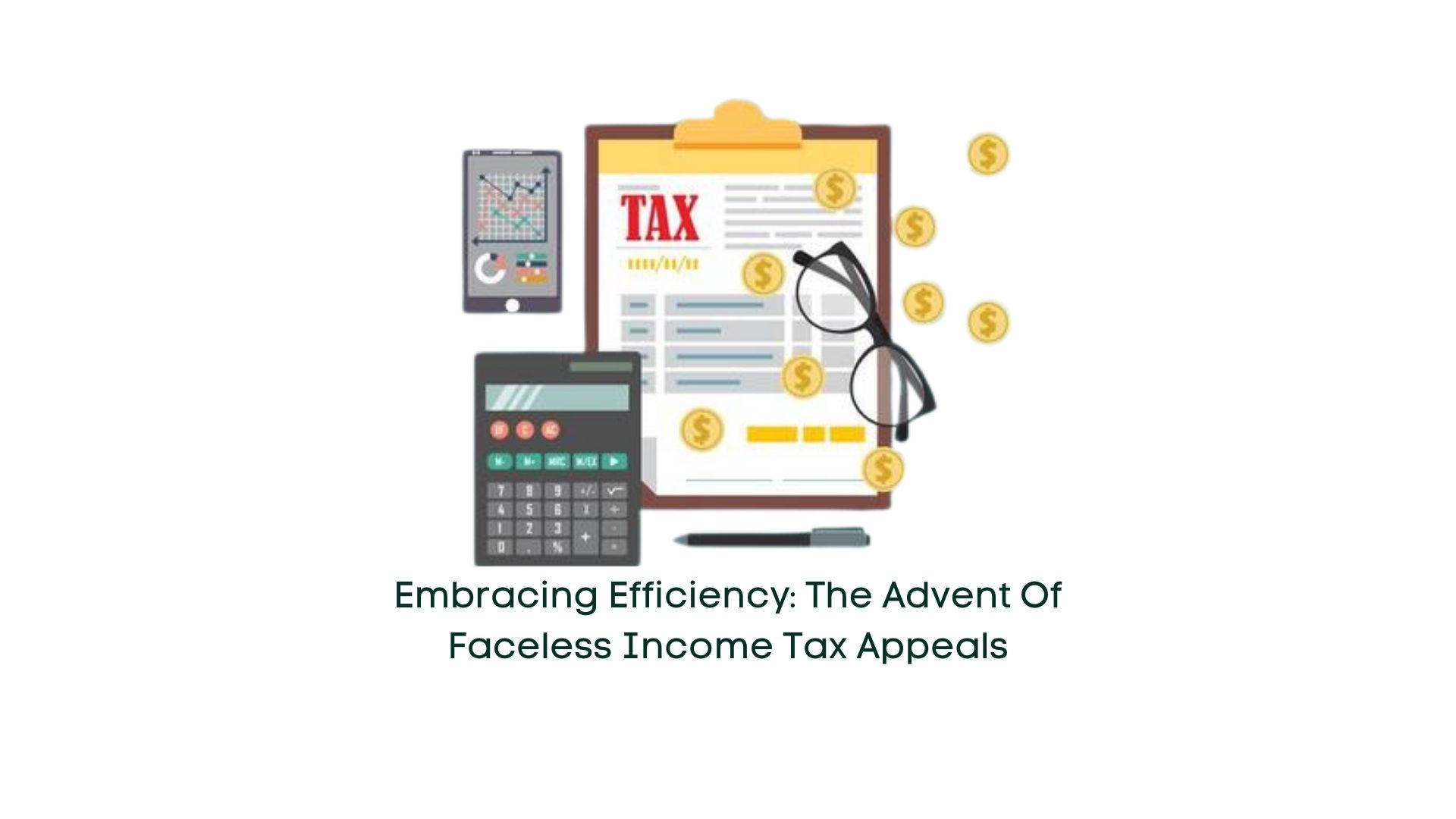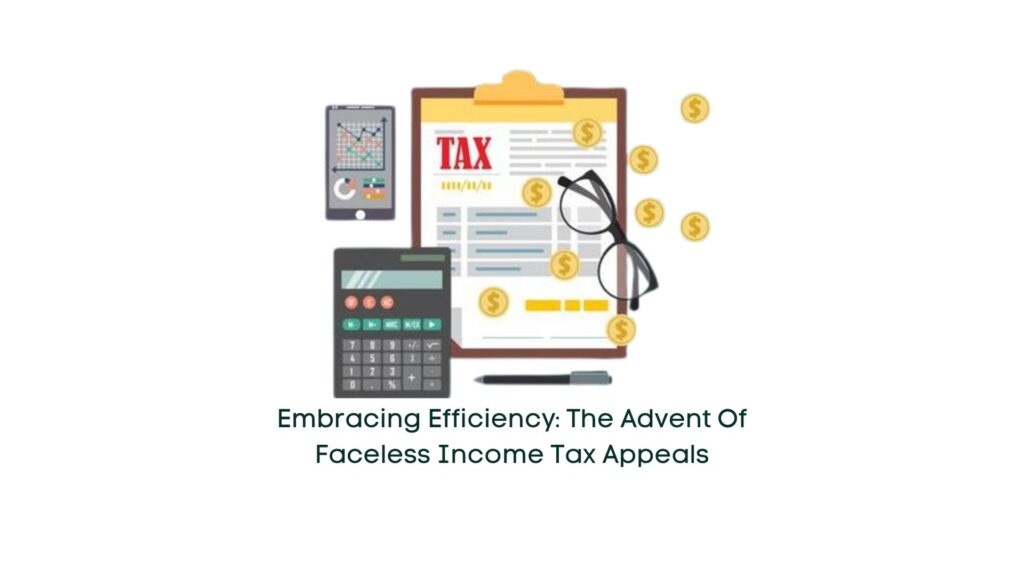
27 Feb Embracing Efficiency: The Advent of Faceless Income Tax Appeals

In response to the evolving landscape of taxation and the need for streamlined processes, the tax department has ushered in a new era with the Faceless Income Tax Appeal system. This revolutionary approach aims to eradicate physical barriers by transitioning all appeal processes to an online platform, marking a significant shift in the paradigm of tax administration.
Key Features of Faceless Income Tax Appeal:
- Territorial jurisdiction limitations are overcome, replaced by a unified nationwide jurisdiction facilitated by the online framework.
- Appeals, both pending and new, are assigned impartially through automated allocation to ensure fair treatment.
- The anonymity of the commissioner presiding over the appeal ensures an unbiased decision-making process.
- All documentation and submissions are conducted digitally, eliminating the need for physical paperwork.
- Provision for oral hearings via video conferencing ensures accessibility and adherence to procedural standards.
- Decisions are collaboratively made by a team of commissioners, enhancing transparency and accountability.
Advantages of Faceless Income Tax Appeal:
- Offers convenience to taxpayers, allowing them to navigate the appeals process from the comfort of their homes.
- Heightens transparency, thereby minimizing the potential for fraudulent activities.
- Streamlines the litigation process, resulting in quicker resolution of disputes.
- Eliminates unnecessary physical interactions between commissioners and appellants, promoting efficiency.
- Enhances the overall efficacy and accountability of the Income Tax department while also reducing costs for both the government and taxpayers.
Purpose of Faceless Income Tax Appeal:
The primary objective of this initiative is to facilitate seamless interactions between taxpayers and tax authorities, enabling individuals to pursue tax claims without the need for physical engagement. By empowering taxpayers to submit arguments and evidence remotely, this system not only saves time and resources but also ensures a smoother appeals process. Notably, the scope of this approach is limited to minor tax appeals, excluding major issues such as tax evasion and international tax matters.
Procedure for Faceless Income Tax Appeal:
- Appeals are assigned to specific units within Regional Faceless Appeal Centers through an automated allocation system operated by the National Faceless Appeal Center.
- Admittance of appeals is contingent upon the satisfaction of prescribed criteria, with rejections promptly communicated to the National Faceless Appeal Center.
- Exemptions from certain provisions may be granted based on valid reasons, with decisions communicated to the National Faceless Appeal Center.
- Upon admission, further information and evidence are solicited from appellants by the National Faceless Appeal Center, with inquiries conducted by the National e-assessment Center or Assigning Officer.
- Notices are issued for responses and reports, with strict adherence to prescribed timelines.
- Additional grounds and evidence may be submitted, subject to approval and scrutiny by the appeal unit.
- The final appeal order is communicated to relevant parties, including the appellant, commissioners, and assessing officers.
Conclusion:
With a staggering backlog of over four lakh appeals pending before the income tax department, the introduction of the Faceless Income Tax Appeal system marks a pivotal milestone in tax administration. By embracing digitalization and eliminating the need for physical presence, this initiative not only expedites the appeals process but also fosters greater accessibility and inclusivity. As the government endeavors to modernize tax administration, the implementation of faceless appeals signifies a significant step towards a more efficient and transparent tax regime.


No Comments